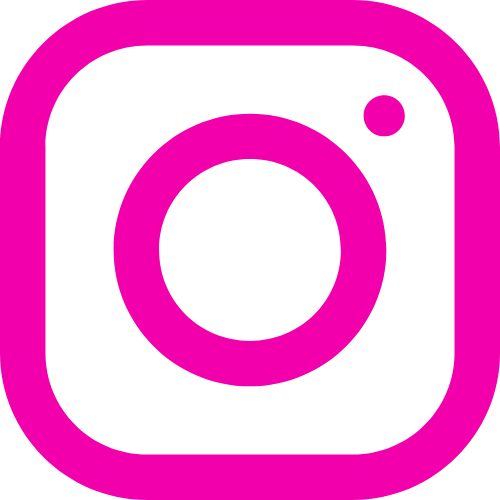THE BLOG

Building a Personal Brand That Reflects Your Authentic Self
"Be yourself, everyone else is already taken."

Creating a personal brand that truly represents who you are is no small feat, but it's a crucial part of standing out in today's competitive landscape. This post will guide you through the process of building a personal brand that not only resonates with your audience but also reflects your authentic self.
Key Components of an Authentic Personal Brand
A well-crafted personal brand starts with a distinctive visual identity. Your choice of colors, fonts, and imagery should be a direct reflection of your personality and taste. But a brand goes far beyond aesthetics. It should encompass your voice and personality, showing the world who you are and what you stand for. Your offers and beliefs need to align with this identity, ensuring that every aspect of your brand tells the same story. Also, your marketing and sales efforts should resonate with your brand's personality. Lastly, a clear vision and powerful storytelling will bind all these elements together, creating a cohesive and authentic brand.
Methods for Building an Authentic Personal Brand
The foundation of an authentic personal brand is self-understanding. Knowing your likes, dislikes, strengths, and weaknesses allows you to create a brand that genuinely represents you. But that's just half the story. You also need to understand your audience. Knowing who you can help and understanding their needs will allow you to create a brand that connects and resonates with them.
Common Challenges and Solutions
But it's not always a smooth ride. A common mistake when building a business is focusing too much on selling skills, forgetting that understanding the target audience is paramount. Another challenge is packaging services. It's easy to simply trade time for money, but the magic happens when you create value-based packages that solve your customers' problems. The key to overcoming these challenges lies in understanding who your ideal client is and creating solutions that speak to their needs.
Success Stories of Authentic Personal Brands
I resisted using pink in my branding for the longest time, believing that a more neutral color would seem professional. But when I finally embraced my preference for vibrant colors, everything fell into place, and my brand began to feel authentically me. Similarly, one of my clients wanted to use sunflowers in her branding. Once she did, her audience immediately recognized it as an authentic representation of her.
Common Mistakes and How to Avoid Them
A common pitfall in personal branding is comparison and replication. It's beneficial to draw inspiration from others, but remember that your brand should be uniquely yours. Knowing your strengths and showcasing them will help differentiate you from others. Another mistake is not knowing your purpose or vision. When your purpose guides your actions, your branding will naturally resonate with authenticity. Also, while your personal brand should reflect you, it should not be solely about you. It's about creating a connection with your audience, too. Lastly, don't neglect social media - it's a powerful tool for portraying your authenticity and connecting with your audience.
Maintaining Consistency and Authenticity in Your Personal Brand
Maintaining an authentic personal brand involves consistency. A style guide can help maintain visual identity consistency. A content calendar can help plan out your messages and keep your communication consistent. Defining your values and purpose will guide your actions, ensuring you stay true to your brand.
The Benefits of Authentic Personal Branding
Authentic personal branding can make both life and business more enjoyable and effective. It allows you to tap into a flow that can feel effortless, leading to consistency, which is key to a successful personal brand.
Overall, crafting an authentic personal brand involves much more than just selecting a color palette or logo. It requires introspection, a clear vision, understanding of your audience, and consistency. It may seem challenging, but the reward is a brand that is uniquely you and resonates with your audience, making your business journey all the more enjoyable and fruitful.
LET'S BE SOCIAL ON SOCIAL MEDIA
@ Copyright 2023 - RoyalT Marketing Connections dba RoyalT Studio | All rights reserved
@ Copyright 2023 - RoyalT Marketing Connections dba RoyalT Studio | All rights reserved







